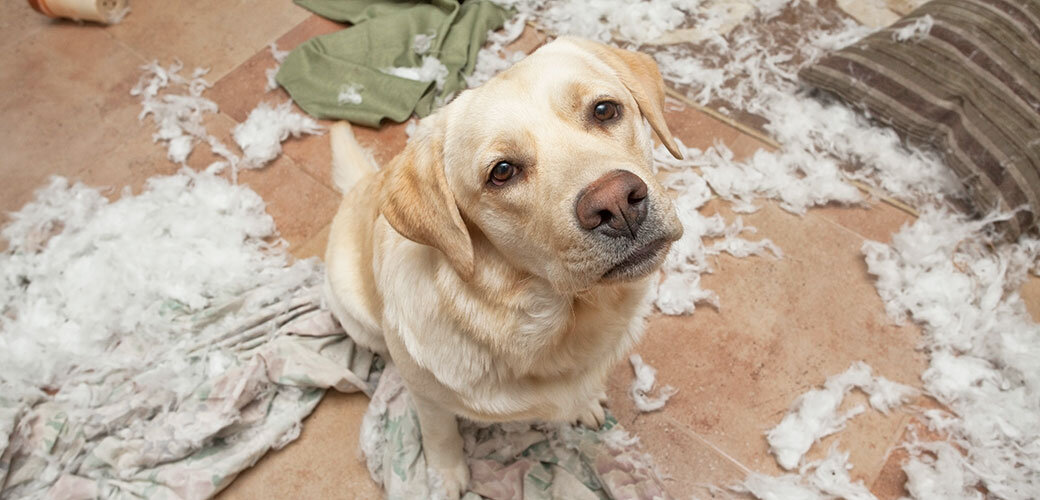How to Keep Your Dog Calm – Techniques to Treat Canine Anxiety
Canine separation anxiety may look cute on video, but it is not the case in real life. It may seem adorable that your dog cannot bear not having you around, but this is detrimental to their development. Dog training experts recommend treating separation anxiety, but that takes time and a considerable amount of investment in tools and resources.
It might cost you some effort and money, but you will eventually see the results of curbing your dog’s anxiety. Your dog will not annoy neighbours with its constant barking, and your dog will be able to spend time alone or with other people or dogs without experiencing distress. A dog behaviour consultant can work with you on an absence suspension plan. At the Paw Resort and Wellness Centre, our expert dog trainers and dog training classes in Brandon, Manitoba can help with how to keep your dog calm with techniques to treat canine anxiety.
Dogs and absence suspension
At the beginning of your separation anxiety treatments, you will have to undergo absence suspension. This is done by figuring out the threshold of your dog’s ability to stay alone. When you leave your untrained dog alone for extended periods, the uncertainty of your return causes them to experience spikes in their stress levels, which keeps them alert and prevents them from resting. That is why untrained dogs have coping behaviours like excessive barking or urinating.
If you set an absence suspension plan with your trainer, you have to leave and rejoin your dog for set intervals while attempting to increase their threshold for your absence. For example, your dog can be on their own for ten minutes before they start to become restless. In the beginning, you have to work with this duration by not leaving them for more than ten minutes at a time.
When you have established that you are not going anywhere soon, start giving them a positive stimulus—a ball, for example, or treats—to occupy them in your absence. It is called counter-conditioning. While your dog adapts to this situation, you can start increasing the amount of time you stay away from them. Soon you will desensitize them to your absence, which gives you more time and long hours outside the house.
Tips for reducing your dog’s anxiety
Your dog has specific worries, true, but also has specific comforts. Only you would know what it would take for your dog to calm down. If you don’t, start paying more attention. There are things that can help them manage themselves when you are not around.
You can set up a camera so that you can see when your dog starts feeling restless when left alone. Take note of anxious behaviours like pacing or scratching at the floor. You should also note if the behaviour progresses and subsides, or if they manage to find a way to entertain themselves.
How a dog trainer can help
Sometimes you might have the theory down but not the practice. You might know that you need to condition your pet to your absence but not what you should do to counter it. This is where a dog trainer becomes helpful. They can figure out what your dog’s specific triggers are, so you can desensitize them to these and introduce new ones.
For example, if your dog has figured out that your ritual of putting shoes on in front of the door means you will be gone for a while, he might start barking even if you’re just putting shoes on to go to the backyard. To him, it is all the same. A dog trainer will be able to spot a dog’s anxiety around that and help you adjust your pet’s behaviour properly.
Conclusion
Leaving your pet alone is a part of their growth. Puppies are naturally clingy, but a full-grown dog should be able to handle being alone for hours on end. If you are looking for a way to help your dog adjust to your absence, The Paw Resort & Wellness Centre can help.
We are in Brandon, MB, and we offer specialized training classes for dogs of all breeds. At The Paw Resort & Wellness Centre, your pet is treated like family, so you can be sure that we put their comfort as our top priority. Get in touch with us to see how we can help.


Post Comment